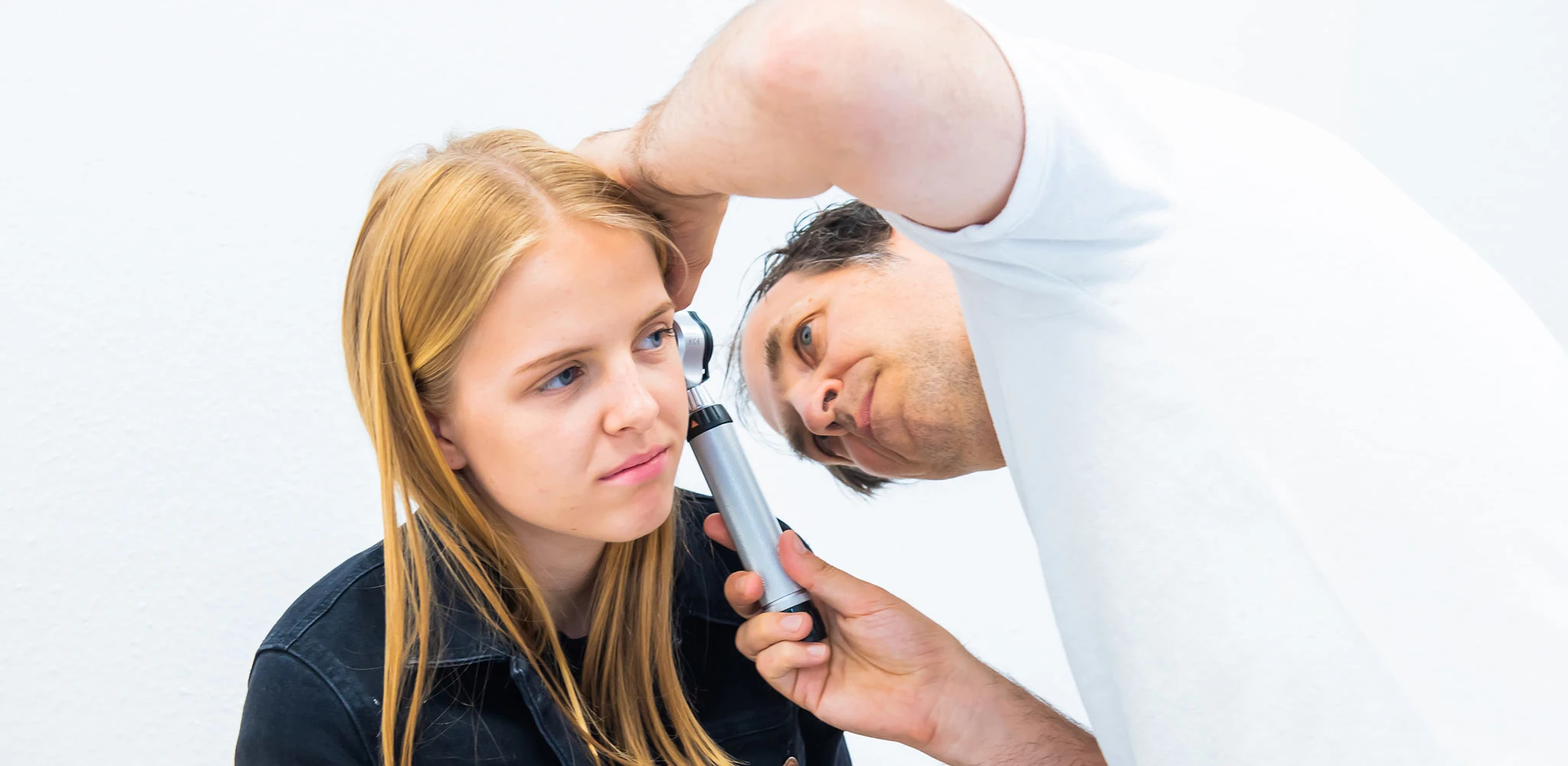Atopic dermatitis in babies and children - Part 1
Dry, itchy, sometimes inflamed skin - this can be neurodermatitis, but it doesn't have to be. Because as important as this condition is, it can also be complicated to recognise and treat. Because there's so much to say about it, we're making two videos and factsheets on the subject.
Atopic dermatitis is a difficult term to begin with. Firstly, because it is difficult to differentiate: what is simply dry baby/toddler skin and what is really problematic neurodermatitis? Secondly, the term atopic dermatitis is somewhat unfortunate because it suggests that the whole thing has something to do with the nervous system or the psyche - and that is an outdated idea. In adolescents or adults, a psychosomatic component may be involved, but this is not the case with babies and small children.
When their children develop skin problems, parents often assume that this is due to allergies. However, only around a third of all babies and toddlers have neurodermatitis due to allergic problems, and in two thirds - we have to be honest here - we don't actually know exactly what the causes are. Very often a hereditary component also plays a role, i.e. that the father or mother also had skin problems as small children.
It is important to understand what the basic mechanism is, why does the child have such dry skin that keeps getting inflamed? Here's a mental image: you can visualise the structure of the skin like a brick wall. There are bricks and, very importantly, there is mortar between them. On the one hand, this ensures that the whole thing is sealed so that no unwanted things can get in from the outside - in the case of the skin, viruses or bacteria. At the same time, the mortar is so permeable that, for example, the temperature can be kept inside or some moisture can be released.
And this is precisely the problem with children who suffer from atopic dermatitis. This "mortar" does not function properly, which is why the children release too much fluid through the skin and also have too little oil in the skin. This makes the skin dry, brittle, cracked and sensitive to germs and the like.
The only thing you can do to prevent this is to keep applying "mortar" from the outside, i.e. cream or ointment, and intensively moisturise the skin.
Interestingly, parents are often very worried that the skin might somehow forget how to produce a good "mortar" itself if too much cream or ointment is applied. However, the opposite is the case: precisely because the skin of infants and toddlers sometimes produces too little "mortar", this must come from the outside if you want to prevent the skin from becoming dry and cracked - and thus susceptible to germs, which in turn can lead to inflammation, redness or itching. This is why intensive, good care with plenty of creams and ointments is the be-all and end-all in the treatment of atopic dermatitis.
More on what is best to use, what else can be done for the skin and what the prognosis is - more on this in the second part.
Further interesting tips
Febrile seizure
Today we have a topic from the category "The Stephen King of paediatrics". In other words: sheer horror. It's about febrile seizures.
Earache
Earache is one of the most common reasons why parents take their child to the doctor's surgery. The doctor lists possible causes and treatment tips.
Sneezing (photic sneeze reflex)
Do you know this? You step into the sunlight and - whoops - you have to sneeze. This phenomenon is called the photic sneeze reflex. Around a third of all people have this reflex.
